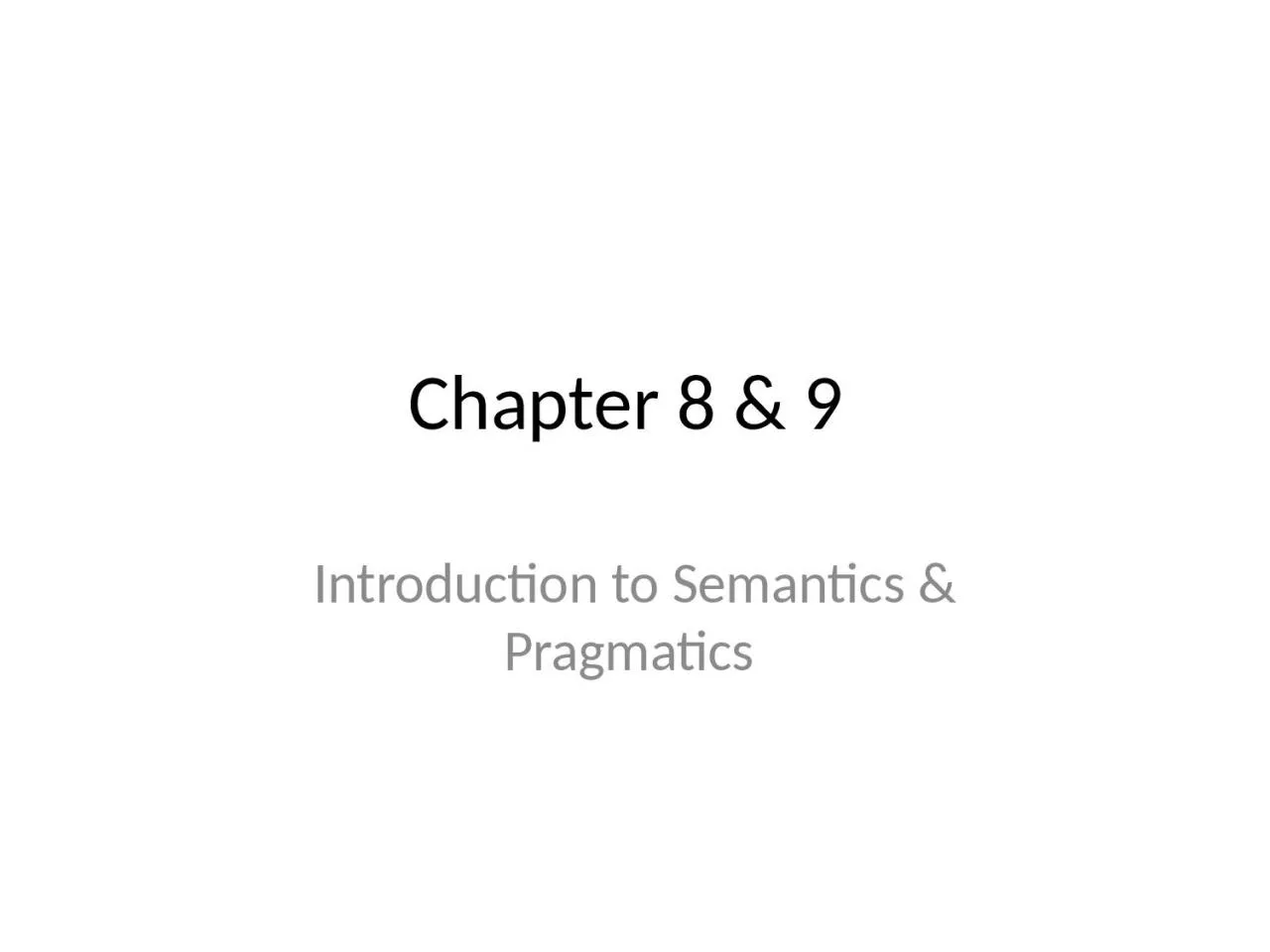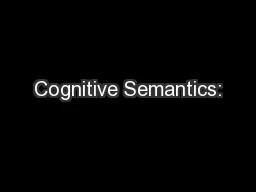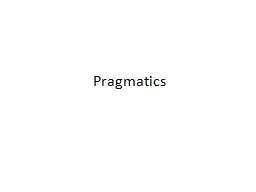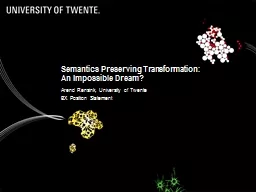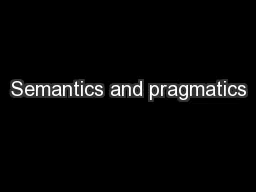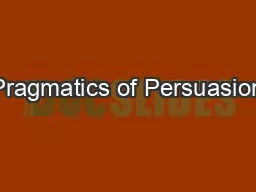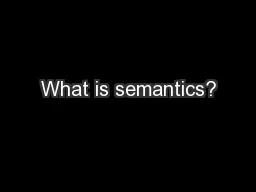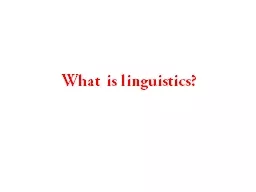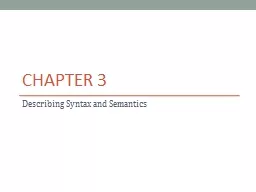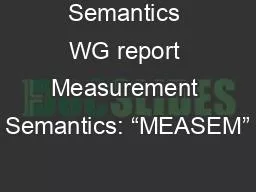PPT-Chapter 8 & 9 Introduction to Semantics & Pragmatics
Author : isla | Published Date : 2023-07-27
813 Varieties of sense relations Sense relations situate themselves on one of three major axes paradigmatic syntagmatic or derivational 8131 Paradigmatic relations
Presentation Embed Code
Download Presentation
Download Presentation The PPT/PDF document "Chapter 8 & 9 Introduction to Seman..." is the property of its rightful owner. Permission is granted to download and print the materials on this website for personal, non-commercial use only, and to display it on your personal computer provided you do not modify the materials and that you retain all copyright notices contained in the materials. By downloading content from our website, you accept the terms of this agreement.
Chapter 8 & 9 Introduction to Semantics & Pragmatics: Transcript
Download Rules Of Document
"Chapter 8 & 9 Introduction to Semantics & Pragmatics"The content belongs to its owner. You may download and print it for personal use, without modification, and keep all copyright notices. By downloading, you agree to these terms.
Related Documents

